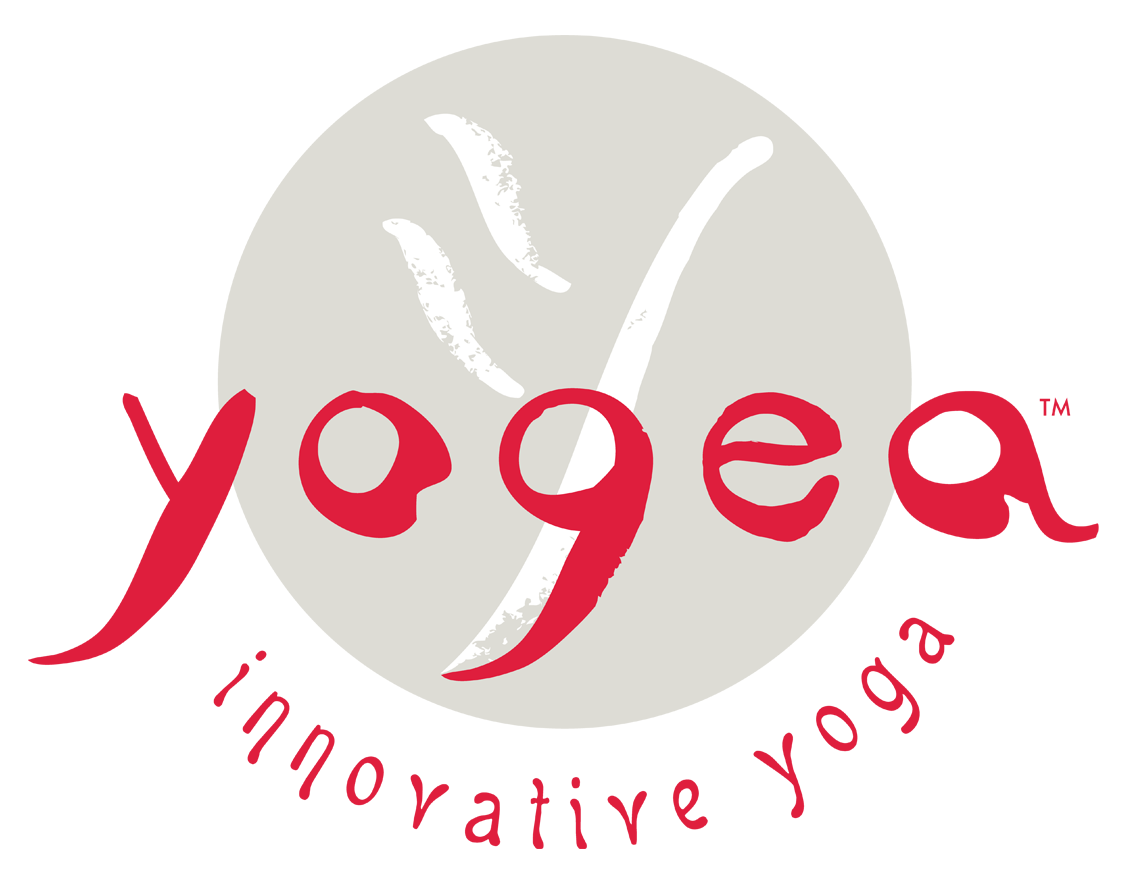Calm Down
I am a jittery person by nature. I have a hard time sitting still, and calming down. When I feel stressed out, and unable to fall asleep, I sometimes take magnesium and melatonin. Of course the insomnia could be caused by a host of factors, like hormonal imbalance, professional turbulence, lack of personal fulfillment or emotional meltdowns. I keep those in mind, but deep inside I know that I need to Zen out. I also know that a nourishing breathing practice when I am jolted would benefit me the most.
I open the window and sit by it. I take a couple of deep breaths in through the nose, and out of the mouth, and then give voice and movement to the breathing pattern with my hands – often choosing a specific mudra that reflects my mood at the moment. After a cycle of 10 – 12 breaths I can feel my heart rate going down, my brain resting. It is now not wondering anymore. My tongue naturally rolls on the roof of the mouth, and my lips open ever so slightly to release any tension in the jaw. I close my eyes and drift into one focused attention. It is not a full meditation, but a state of peace that the breathing instills.
I let myself be absorbed by this inner tranquility. My body sinks into the ground. I can feel my weight yielding to gravity. I am heavy in my physical body, but lighter in my heart-mind. I am relaxed – from the cells. I feel the shoulders dropping down, the chest widening, the ribs softening in, the hips opening up, my hands resting comfortably on my thighs. I feel overwhelming serenity throughout.
This is the form of effortless meditation that every yogi tries to accomplish before going into the deeper states of sense withdrawal, and full absorption. It is “dhyana” the seventh limb of Yoga, which means “ in focus” or “thinking of”. This is the paradox of all breathing and meditation techniques. You employ them to gain mastery over your thoughts so you don’t have to think about them anymore. But they all start from the mind, and from refining the mind so that you can drive your focus into your meditation target. This form of creative visualization preempts the process of deep concentration and even deeper shifts of consciousness.
Whenever I want to focus on sense withdrawal I always practice pranayama first. The breathing coupled with a suitable mudra gets me in tune with my intention – helping me affirm without having to chant a mantra or utter a word. I always start class with a similar fusion of pranayama, and mudra to get the intention flowing and all body parts integrated. It is relaxing and grounding.
I believe we always have to ground down, in order to calm down. The two intentions go hand in hand. It’s hard to experience inner peace, when you are not in tune with whatever is going on in your life at that particular moment. Getting in touch with any feeling or emotion that wells up is essential. It allows for a deep release which in turn paves a way for a deeper release of the attachments that have caused the stress or worry. The moment of release is the moment of regaining the inner trust and connection to self. The mind is not shut down. It is just receptive. The body is not numb. It is resonant. Peace wells from within. Calm follows…
Pacifying Yoga Breathing: Calm Down
This relaxing Yogea breathing releasing any tension held in the body – calming the mind and pacifying the nervous system.

Leave a Reply